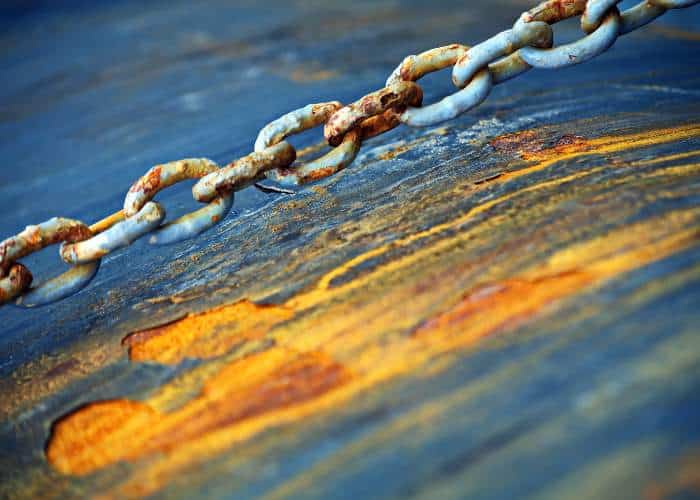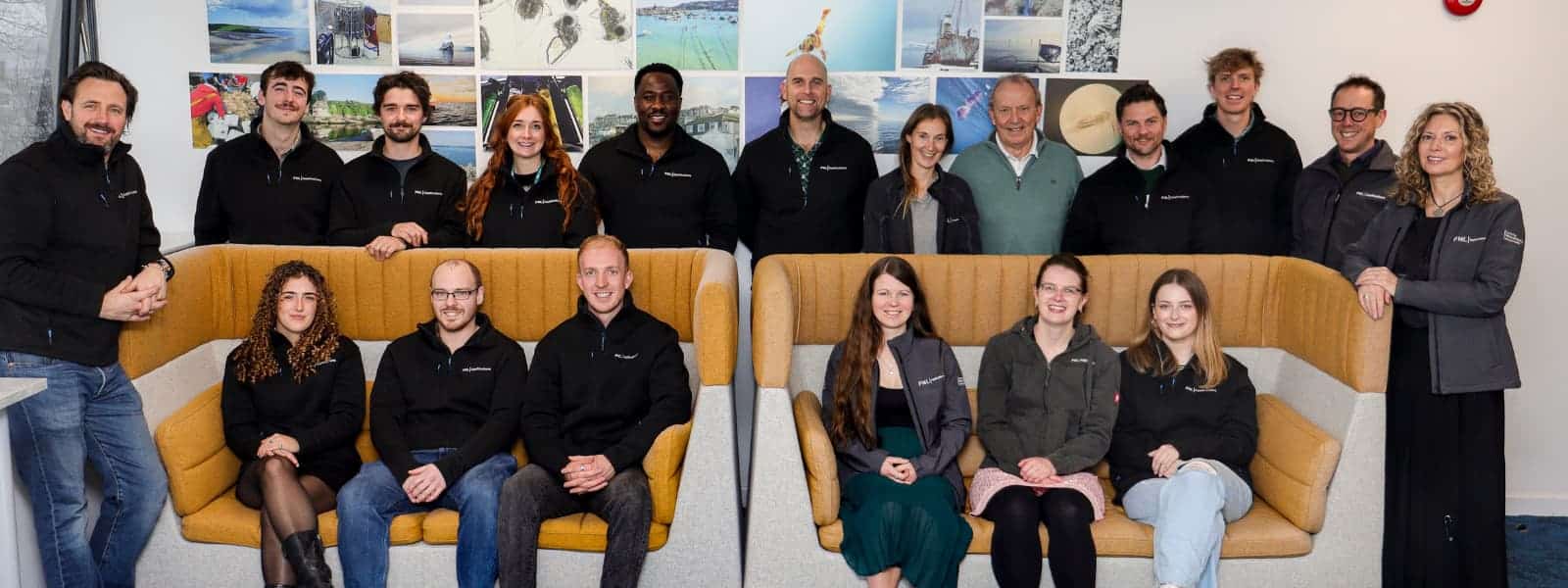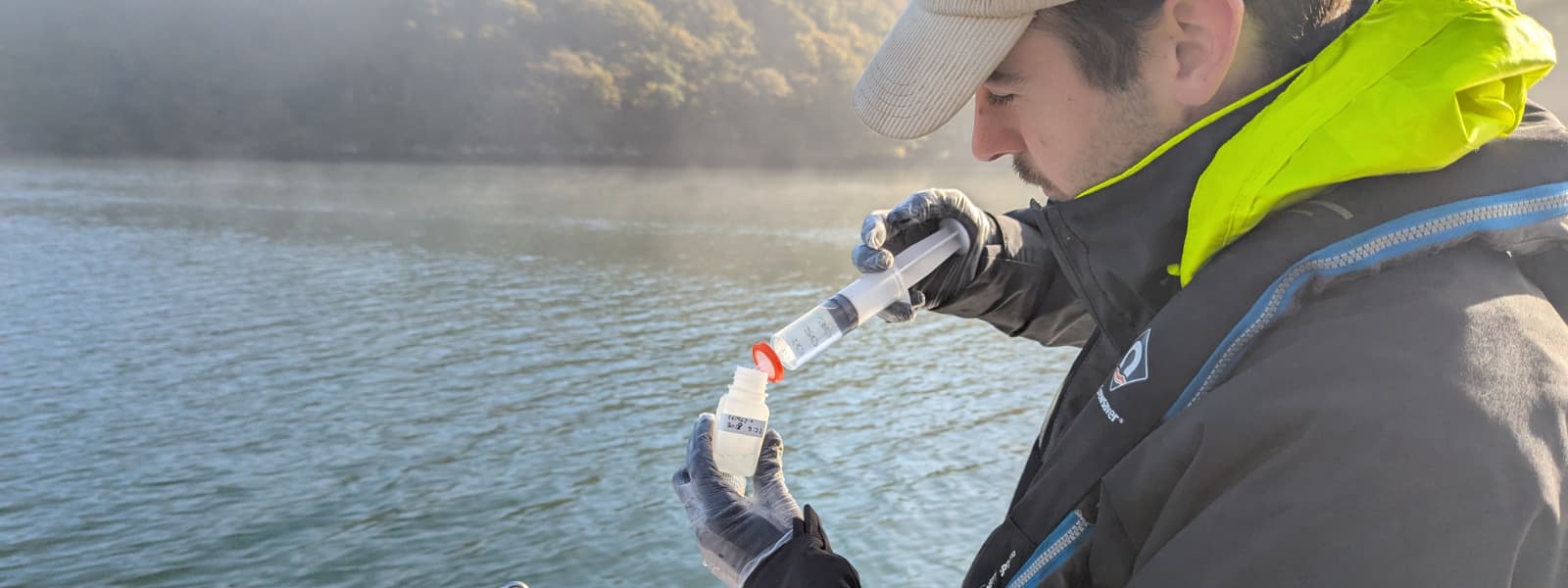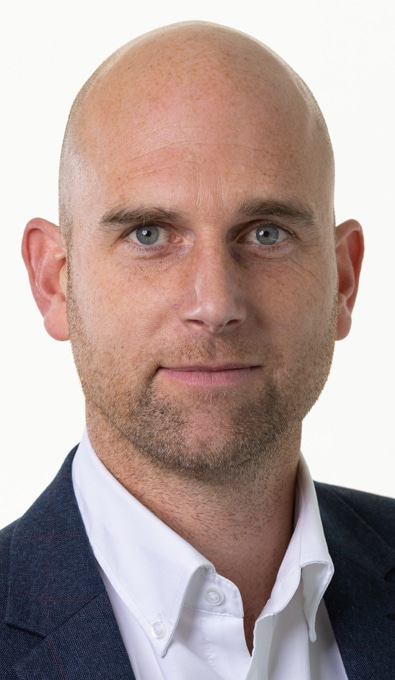The maritime industry has long grappled with fatigue-related failures in welded areas, a leading cause of vessel loss and deaths at sea. In a significant advancement for marine engineering and safety, Dr Tamsin Dobson, biocorrosion specialist at PML Applications, has collaborated with researchers from the University of Bristol, University of Warwick and TECNALIA Research & Innovation (Spain), to gain insight on the role of real corrosion environments on the corrosion behaviour of metals in comparison with standardised artificial seawater and to develop a unique model for predicting the lifespan of marine metals.
At the heart of the study is nickel aluminium bronze (NAB), a complex alloy commonly used in marine environments for its superior corrosion resistance and robust mechanical properties. NAB is composed predominantly of copper (Cu), but also contains nickel (Ni), aluminium (Al) and iron (Fe). These different elements bond and mix in different ways throughout the metal, forming different “phases” such as the alpha phase, which is mostly formed of copper, and the kappa 3 phase, which is mostly formed of NiAl which winds through the material.
The research team investigated the combined effects of biofouling, seawater corrosion and plasma welding on the fatigue behaviour of NAB, providing crucial insights for maritime industries.
Key findings from the study include:
- Showing that the corrosion pits in the metal that were positioned along the side of the weld became the initiation points for cracks caused by cyclic loading (fatigue)
- Showing that both fatigue cracks and corrosion cracks followed the path of the Kappa 3 phase
- Producing results graphs (known as S-N curves) showing how many load cycles any sample could endure before breaking (at different maximum load strengths)
- Using the results to form a model based on estimated crack growth to predict fatigue strength (fatigue failure prediction)
- Creating S-N curves based on model predictions, achieving accuracy within 30% of experimental results.
Dr Tamsin Dobson commented on the significance of the research:
“This collaborative effort has produced a model that not only advances our understanding of marine metal behaviour but also provides practical tools for industry application. The ability to accurately predict fatigue should enhance decision-making and inspection scheduling in offshore engineering.”
Dr Nicolas Larrosa from the University of Bristol said:
“After this work, it is clear to us that lab-based corrosion tests are not fully capturing the effects of marine environments on the corrosion behaviour of metals and that there is a need to review design codes standards procedures based on this approach as this may be non-conservative. By incorporating the effects of biofouling, corrosion and welding, our work addresses real-world challenges faced by marine engineers. Our comprehensive modelling and testing approach allows for more accurate lifecycle predictions, potentially leading to improved design, maintenance strategies, and overall safety in marine applications. The study highlights the need to use field-based test results to initially and accurately calibrate specific predictive models.”
The study – which was supported by Babcock International, TECNALIA R&I and the Engineering and Physical Sciences Research Council – utilized advanced methodologies, including cyclic loading tests on samples corroded in natural seawater, advanced materials characterisation approaches and microstructural sensitive models .
The team’s focus on the microstructural aspects of crack initiation and propagation has led to a deeper understanding of the material’s behaviour under various stresses.
Dr Tamsin Dobson added:
“The model’s reliability and accuracy make it a valuable asset for industries relying on marine metals, potentially improving safety standards and operational efficiency in maritime applications. It is expected to have far-reaching impacts across various sectors, including naval architecture, offshore energy, and marine infrastructure development.”



